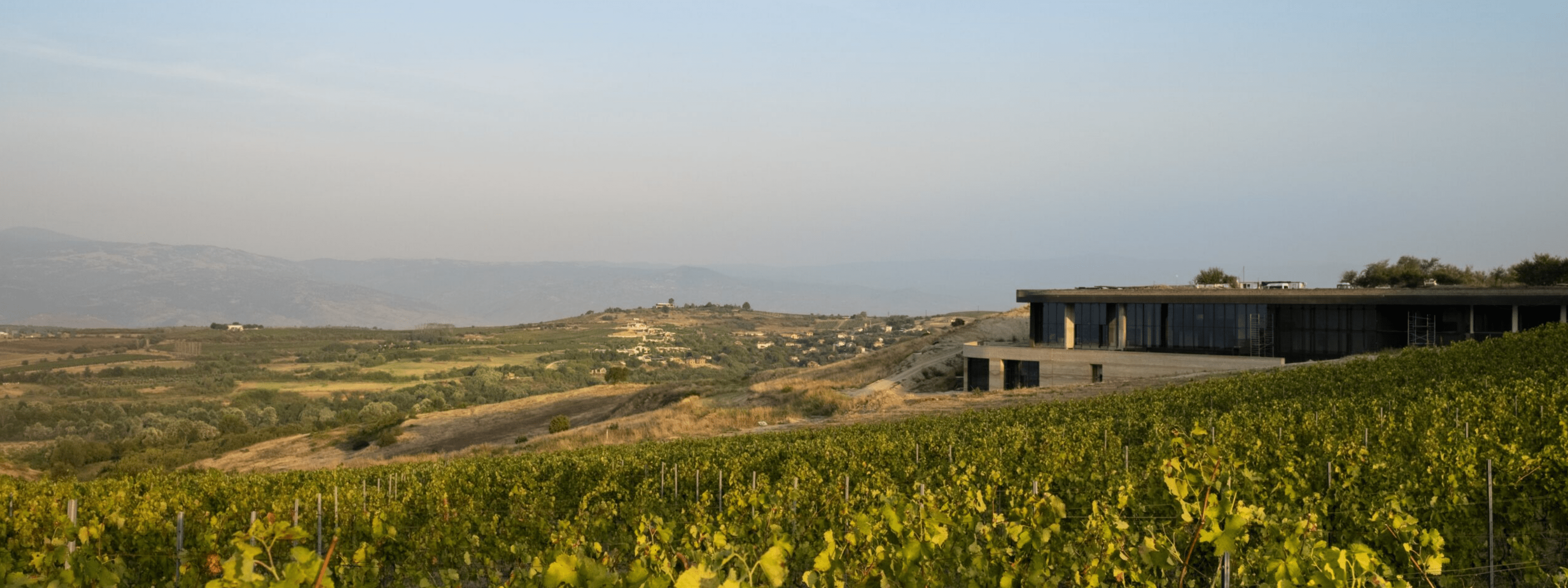
Understanding SWEETNESS: Tasting Week - Learn to Taste Wine!
Continuing on our special Tasting Week, our wine buyer Ben talks about sweetness!
Earlier in the week, Ben gave you insights on how to taste body, acidity and tanin in wines. Today he continues the series with a video on mastering sweetness!
Don't forget to like, share and subscribe on our Youtube channel!
The basics of tasting sweetness in wine
Sweetness is an essential element to any wine. Let's not forget that wine comes from grapes and the fundamental thing that all grape farmers (aka viticulturists) want to get right is the balance between acidity and sugar come harvest day.
The reason for this is that sugar is the key ingredient to fermentation and therefore alcohol.
While sugar gets converted into alcohol, winemakers don't ferment down to 0g of sugar. There is usually always some residual sugar left in the wine. Even "bone dry" wines can have 1 or 2g per litre of sugar left in them.
This is because all winemakers want a balanced wine and sugar is one of the key elements to attaining that balance.
To get an idea of how this is achieved, take a glass of water and squeeze a lemon into it. The liquid will taste tart and, depending on your sensitivity to acidity, sharp.
Now take some granulated sugar and stir it into the lemon water. A little bit will soften the acidity; more and it will start to taste like homemade lemonade. Notice how it also brings out the fruit and makes the lemon feel richer, more vibrant.
This is what sugar can do - but you always need acidity there to balance it out. You wouldn't drink syrup after all.
Got a question we can answer in tasting week? Email Ben at ben@novelwines.co.uk
Where to start your wine tasting
Now you've gained an idea of tasting sweetness, let's move onto the wines. Start with a dry wine. We recommend something like the Sanzon Tokaj Blanc, which has low residual sugar but a nice, soft dollop of Harslevelu in it to round it out a little. Notice how fresh and zingy the wine is.
Then move onto something medium dry, like our Sula Chenin Blanc, coming from the warm Maharashtra climate in India. Luckily Chenin retains its acidity, so it can take on more sugar without becoming cloying. This wine is sweet and appley, perfect for pairing with dal or coconut curries.
Finally, go really sweet and check out our dessert wines. A top pick would be the Demetervin Szamorodni, a sweet wine from Tokaj in Hungary. See how sugar can add depth, complexity and richness to a wine. Furthermore, notice that it does so while retaining acidity and freshness - that's because they've chosen to make it using a naturally acidity grape like Furmint, so you get lots of delicious flavour without it tasting like syrup.
Let us know how you get on!




